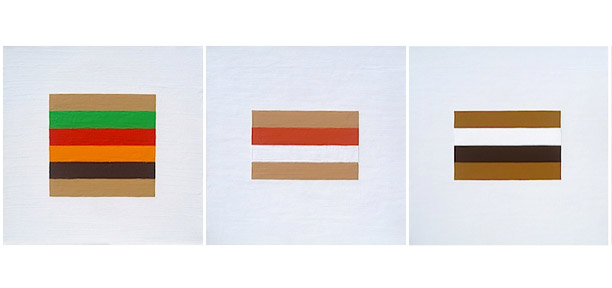The Anatomy of Cool
/I found this write up on The Anatomy of Cool over on The Cool Hunter. It made me happy for a number of reasons. First off, it make me start thinking about how thankful I am that "cool" is still an acceptable word and didn't go out with the 90's, because I can't think of a suitable replacement. Secondly, it reminded me that cool is more than a descriptive word, it is a state. A state that is temporary, hard to achieve, and worth striving for. Read the whole thing for yourself. I dare you not to be inspired to do something cooler.



















